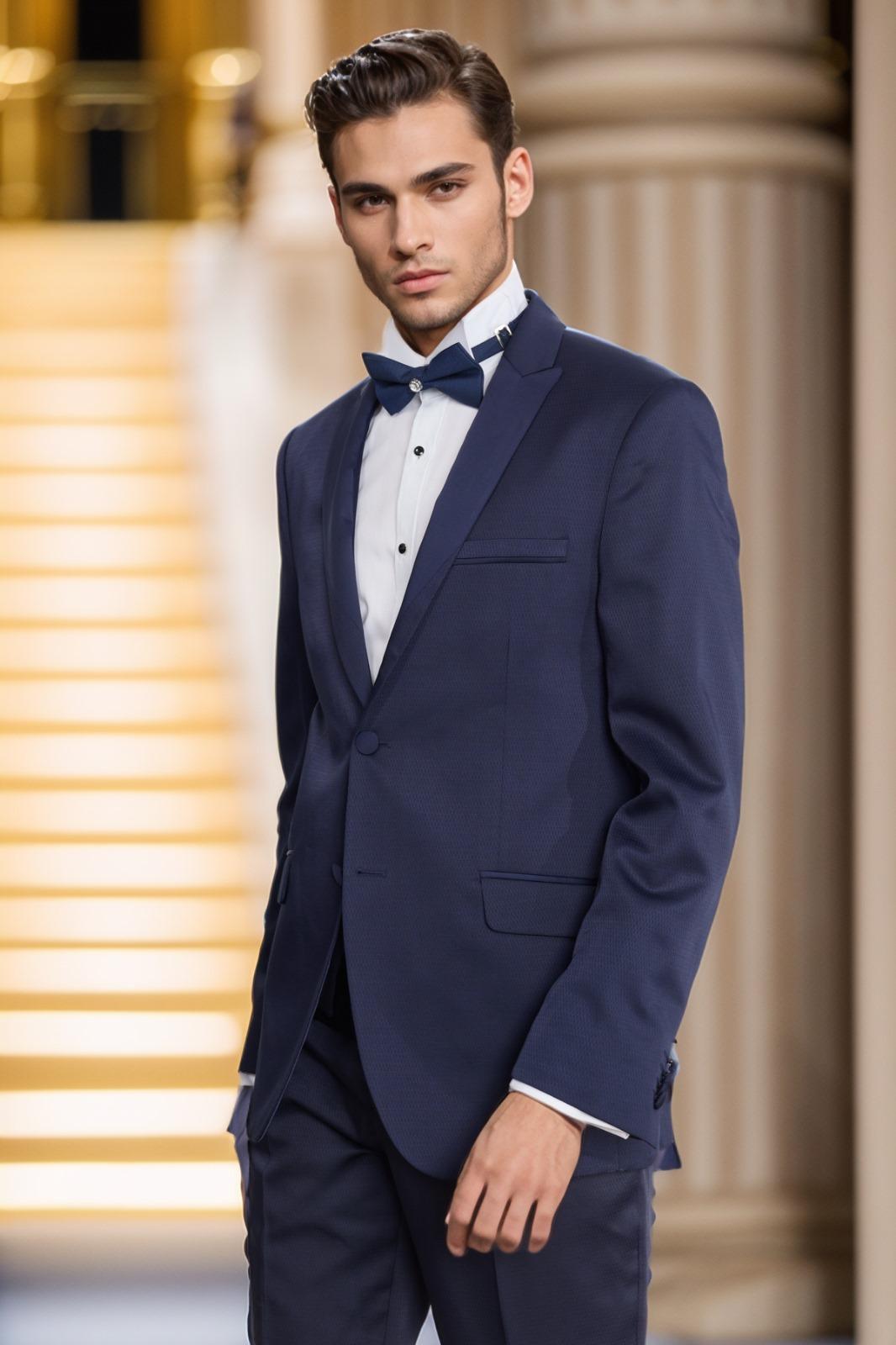
How to Choose the Perfect Fit for Your Custom Men Suit
A well-fitted suit is the cornerstone of a polished and sophisticated wardrobe. Whether you're dressing for a business meeting, a wedding, or a special event, a custom men's suit can elevate your appearance and confidence. However, achieving that perfect fit can be daunting, especially with the numerous options and considerations involved. In this guide, we will walk you through the essential factors to consider when choosing the perfect fit for your custom men’s suit, ensuring you look sharp and feel comfortable.
Understanding the Basics of Suit Fit
Before diving into the specifics, it's essential to understand the three primary types of suit fits: slim fit, regular fit, and relaxed fit. Each fit offers a different silhouette and caters to different body types and personal preferences.
Slim Fit: Slim fit suits are tailored close to the body, with narrow lapels and tapered trousers. This style creates a sleek, modern look and is ideal for men with a lean build.
Regular Fit: Regular fit suits offer a classic, more traditional silhouette. They provide a comfortable fit with a slightly looser cut, making them suitable for most body types.
Relaxed Fit: Relaxed fit suits are designed with extra room in the chest, waist, and legs. They are perfect for men who prefer comfort and ease of movement over a tailored, form-fitting look.
Key Elements of a Well-Fitted Suit
To achieve the perfect fit, attention to detail is crucial. The following are the key elements to consider when selecting and tailoring your custom suit:
1. The Jacket
The jacket is the most critical part of a suit and sets the overall tone of your look. Here’s what you need to focus on:
Shoulders: The shoulder seams should align perfectly with your natural shoulder line. There should be no wrinkles or sagging, and the shoulder pads should not extend beyond your shoulders.
Chest and Waist: The jacket should fit comfortably around your chest without pulling or creating gaps. The waist should be slightly tapered to create a flattering silhouette without feeling too tight.
Sleeve Length: The sleeves should end just above the wrist bone, allowing about half an inch of your shirt cuff to show. This detail adds a touch of sophistication to your outfit.
Jacket Length: The jacket should cover your seat and end around the middle of your hand when your arms are relaxed by your sides.
2. The Trousers
Properly fitted trousers are essential for a polished look. Consider the following when tailoring your trousers:
Waist: The waistband should sit comfortably around your waist without needing a belt to stay up. It should not be too tight or too loose.
Seat: The seat should drape smoothly over your backside without sagging or pulling. There should be enough room to sit comfortably without the fabric stretching.
Rise: The rise refers to the distance between the waistband and the crotch seam. It should be proportional to your height and body type, sitting comfortably without feeling constrictive.
Length: The trousers should have a slight break at the shoe, meaning a small crease forms where the trousers meet your shoes. Avoid too much fabric pooling at the ankles.
3. The Shirt
Although not part of the suit itself, the shirt plays a crucial role in achieving the perfect fit:
Collar: The collar should fit snugly around your neck without being too tight. You should be able to fit two fingers comfortably between your neck and the collar.
Sleeve Length: The sleeves should end at your wrist bone, with about half an inch showing beyond the jacket sleeve.
Body Fit: The shirt should be fitted without being too tight, following the contours of your body. Avoid excess fabric bunching around the waist.
Choosing the Right Fabric
The fabric you choose for your custom suit can significantly impact both its fit and overall appearance. Consider the following when selecting fabric:
1. Breathability
If you live in a warmer climate or need a suit for summer events, opt for lightweight, breathable fabrics like linen or cotton. For cooler weather, wool or tweed can provide warmth while maintaining a sophisticated look.
2. Durability
Wool is the most common fabric for suits due to its durability and versatility. Super wool (e.g., Super 100s, Super 120s) offers a finer weave and a smoother finish but can be more delicate. Consider your lifestyle and how often you plan to wear the suit when choosing a fabric.
3. Texture and Pattern
Textured fabrics like herringbone or birdseye can add depth and interest to your suit, while solid colors provide a clean, classic look. If you’re looking for versatility, choose subtle patterns or textures that can be easily paired with different shirts and ties.
The Importance of Tailoring
Even a custom suit can benefit from additional tailoring. After you receive your suit, try it on and check for any areas that need adjustment. A skilled tailor can fine-tune the fit, ensuring your suit looks as good as possible. Here are a few areas where tailoring can make a significant difference:
Jacket Waist: Taking in or letting out the waist can enhance the silhouette of your jacket.
Sleeve Length: Adjusting the sleeves ensures your shirt cuffs show the perfect amount.
Trouser Length: Hemming the trousers to the correct length will provide a clean, polished look
 English
English  Deutsch
Deutsch  Español
Español  Italiano
Italiano  Français
Français  日本語
日本語 




